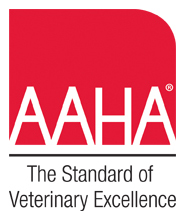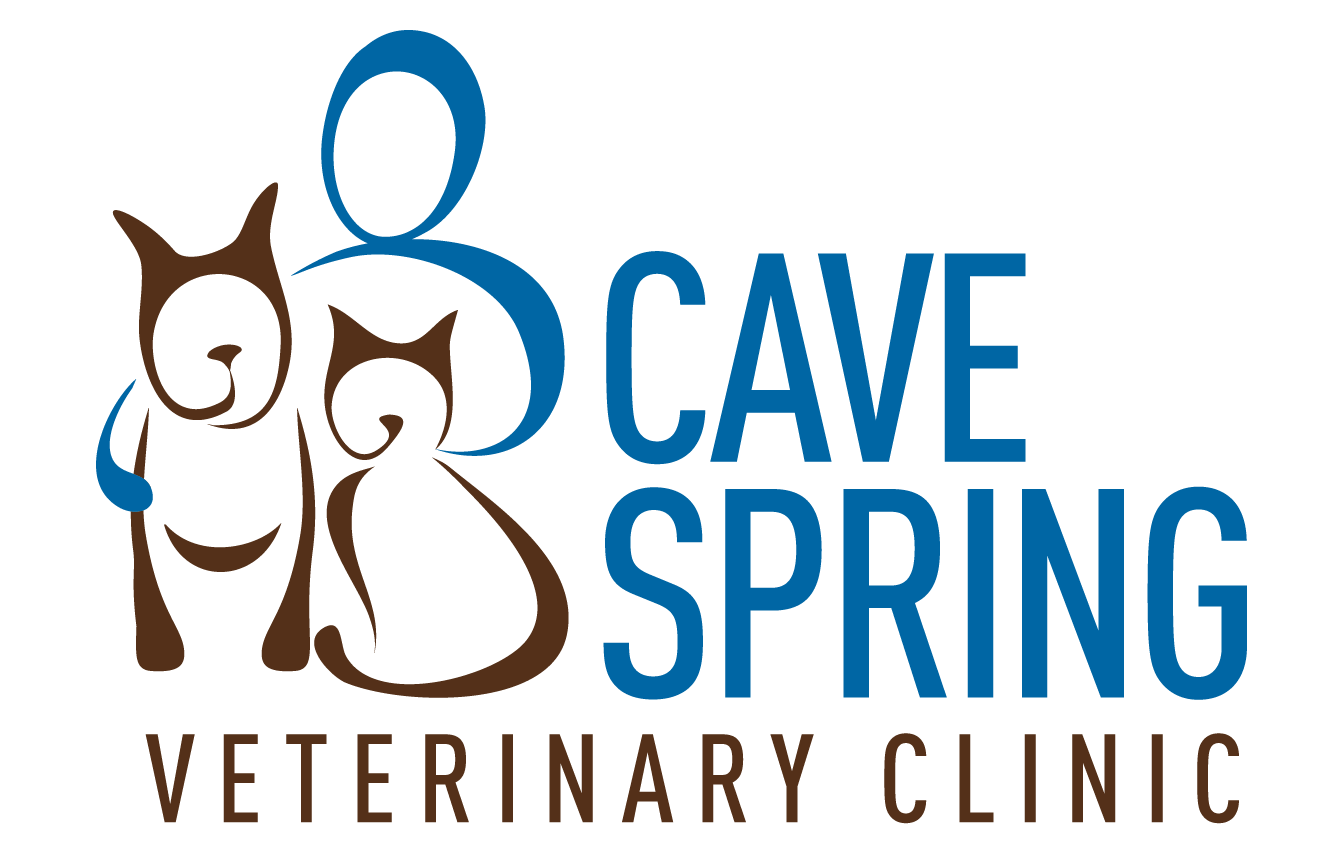
Pet Dental Services
By three years of age, most dogs and cats have some level of dental disease. Your pet’s dental health will be evaluated at every wellness examination and the doctor will talk to you about recommendations for good oral health for your pet, including details for a dental procedure if needed. After a proper dental procedure, many pet owners report the emergence of a “whole new pet”—one who is happier and more active.
FAQs
Will my pet need anesthesia?
If your pet does require a dental procedure, anesthesia will be needed. Pets who are anesthetized are able to rest comfortably while the veterinary team performs a thorough examination and cleaning. Anesthesia will be tailored to your pet’s age, health status, and any other important factors. Most dental treatments are outpatient procedures, so your pet will most likely go home the same day.
It is important that your pet have an empty stomach to reduce the risk of vomiting during and after anesthesia. You will need to withhold food for at least 8 to 10 hours before a dental procedure. Water can be left down for your pet.
What is usually involved with a dental procedure?
On the day of the dental procedure, your pet will have a full physical examination by the veterinarian, an ECG to evaluate heart function, and (if not completed beforehand) bloodwork to rule out problems with organ systems. Most pets also receive an IV catheter to allow fluids and medications to be delivered while under anesthesia.
During the dental procedure, your pet will receive full mouth digital dental radiographs, and a thorough cleaning and polishing by a licensed veterinary technician. These steps will help us identify and address any problems, including those that could be hiding under the gums. Any extractions that may be needed will be performed by your veterinarian.
Your pet’s exact dental needs will be addressed and discussed with you on a case by case basis before, during, and after the procedure as appropriate. We also work closely with referral practices and board-certified veterinary dentists, enabling access to advanced dental care when necessary.
What do I need to do at home after a dental procedure?
When you pick up your pet after the dental procedure you should plan to spend about 10 minutes going over how to care for your pet at home in the days and weeks to follow. Your pet’s recommendations may include the following:
- Tooth Brushing: Brushing your pet’s teeth routinely is a great way to reduce tartar buildup, gum disease, and bad breath. Toothbrushes, finger brushes and tasty pet toothpastes in flavors your pet will love (like poultry, beef, and vanilla-mint) will help you and your pet get into a good routine that everyone will want to stick to.
- Dental Chews: If you aren’t able to brush your pet’s teeth as often as you would like, dental chews can be a good alternative or additive. Your veterinarian can recommend a dental chew that is best for your pet.
Is your pet having surgery? Learn more here.
 Cave Spring Veterinary Clinic is accredited by The American Animal Hospital Association. The AAHA is the only organization to accredit companion veterinary hospitals. AAHA accredited hospitals hold themselves to a higher standard; pets are their passion, and keeping them healthy is their top priority. They strive to deliver excellent care for pets.
Cave Spring Veterinary Clinic is accredited by The American Animal Hospital Association. The AAHA is the only organization to accredit companion veterinary hospitals. AAHA accredited hospitals hold themselves to a higher standard; pets are their passion, and keeping them healthy is their top priority. They strive to deliver excellent care for pets.

